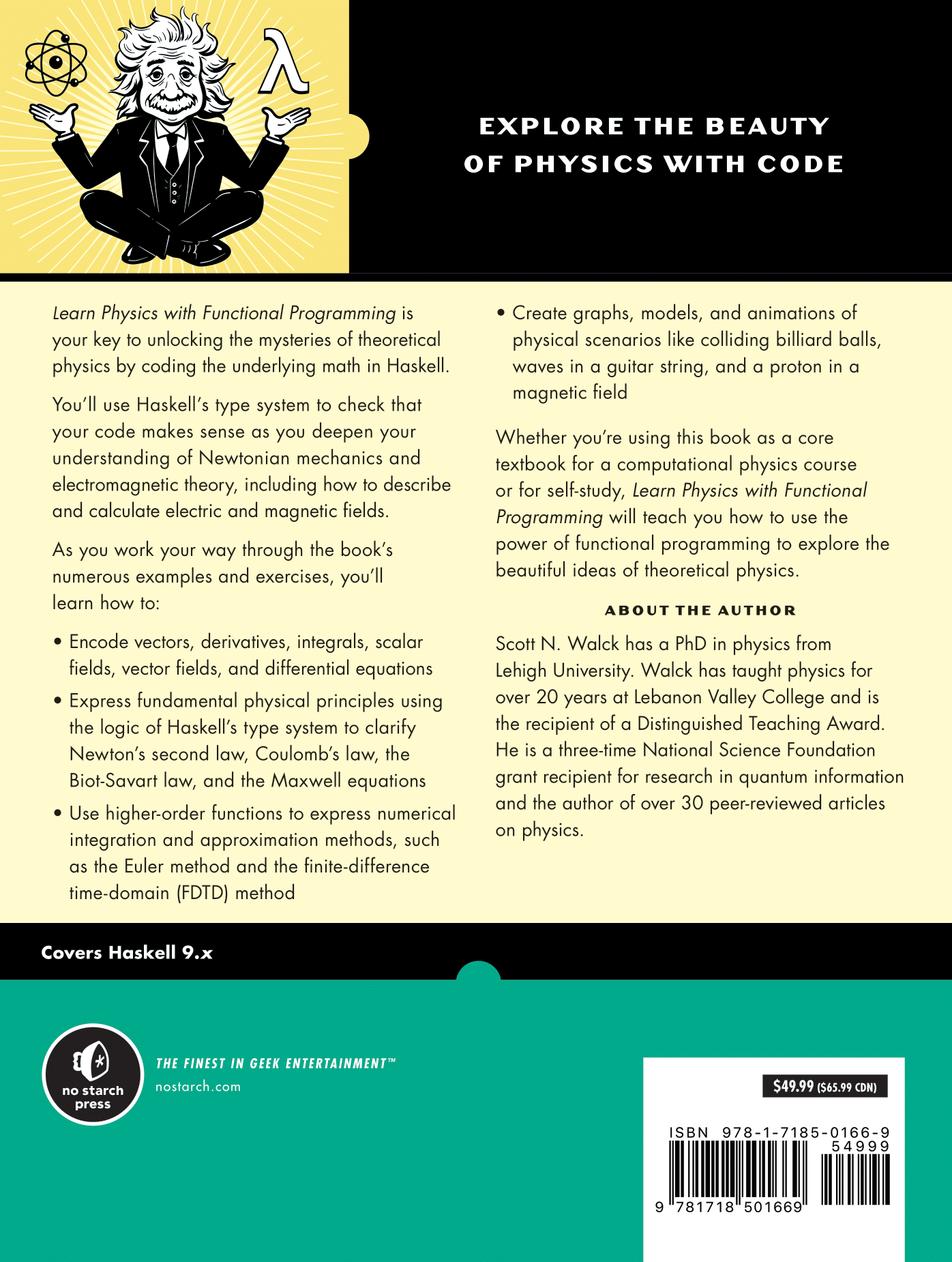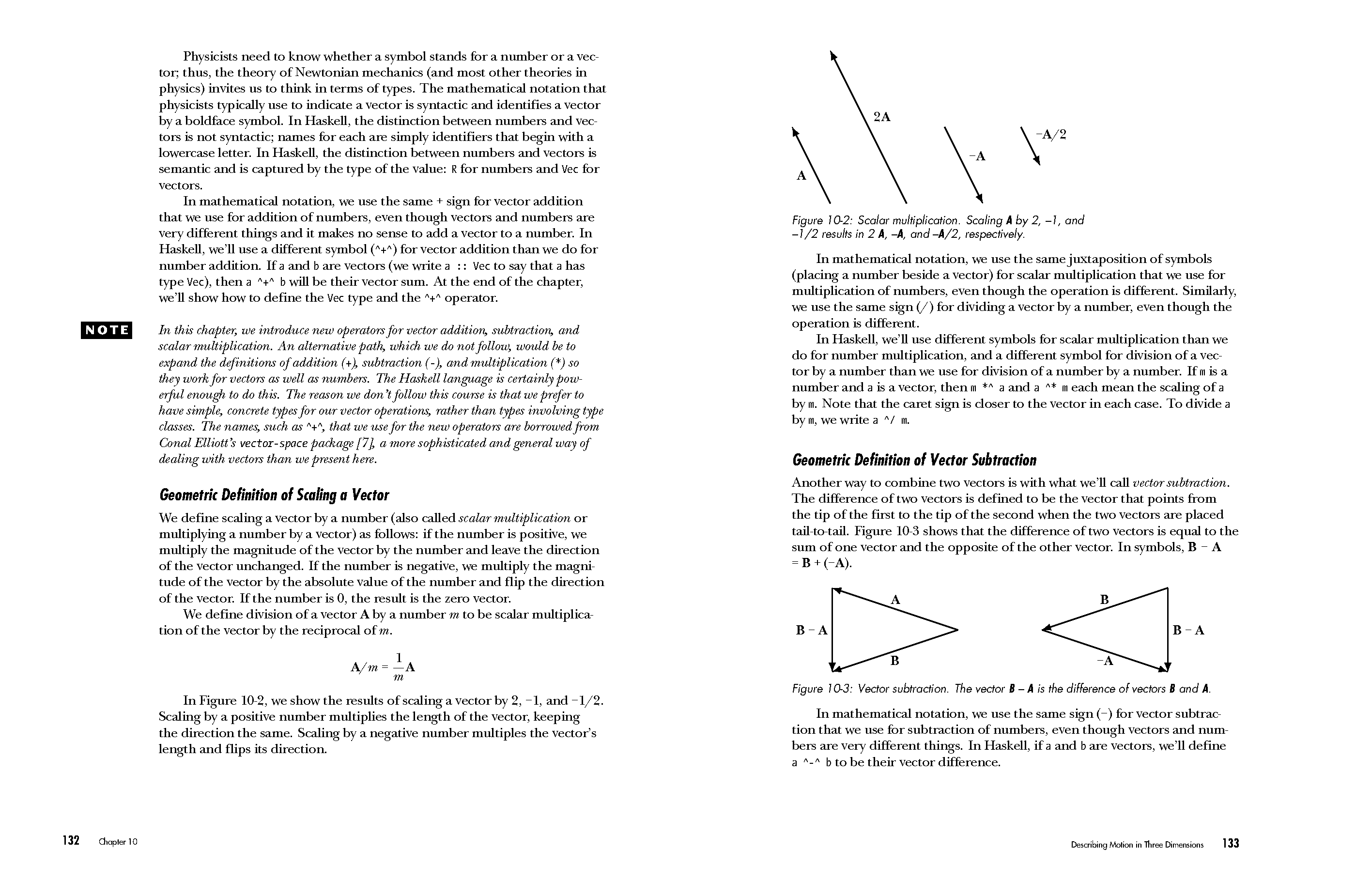Acknowledgments
Introduction
Part I: A Haskell Primer for Physicists
Chapter 1: Calculating with Haskell
Chapter 2: Writing Basic Functions
Chapter 3: Types and Entities
Chapter 4: Describing Motion
Chapter 5: Working with Lists
Chapter 6: Higher-Order Functions
Chapter 7: Graphing Functions
Chapter 8: Type Classes
Chapter 9: Tuples and Type Constructors
Chapter 10: Describing Motion in Three Dimensions
Chapter 11: Creating Graphs
Chapter 12: Creating Stand-Alone Programs
Chapter 13: Creating 2D and 3D Animations
Part II: Expressing Newtonian Mechanics and Solving Problems
Chapter 14: Newton’s Second Law and Differential Equations
Chapter 15: Mechanics in One Dimension
Chapter 16: Mechanics in Three Dimensions
Chapter 17: Satellite, Projectile, and Proton Motion
Chapter 18: A Very Short Primer on Relativity
Chapter 19: Interacting Particles
Chapter 20: Springs, Billiard Balls, and a Guitar String
Part III: Expressing Electromagnetic Theory and Solving Problems
Chapter 21: Electricity
Chapter 22: Coordinate Systems and Fields
Chapter 23: Curves, Surfaces, and Volumes
Chapter 24: Electric Charge
Chapter 25: Electric Field
Chapter 26: Electric Current
Chapter 27: Magnetic Field
Chapter 28: The Lorentz Force Law
Chapter 29: The Maxwell Equations
Appendix: Installing Haskell
Bibliography
Index
View the Copyright page
View the detailed Table of Contents
View the Index







